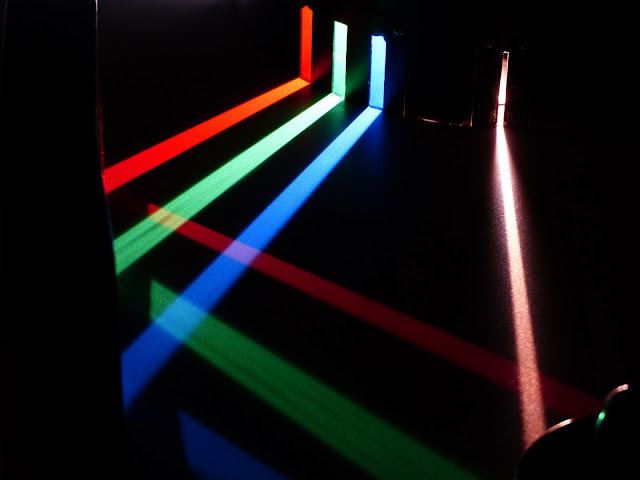In the course of recent years, smaller than usual fiber optic spectrometers have
advanced from an oddity to the spectrometer of decision for some
cutting edge spectroscopists. Individuals are understanding the
propelled utility and adaptability gave by their little size and
similarity with a plenty of testing extras.
A standout amongst the most vital qualities of a spectrometer is the spectral (or optical) resolution. The spectral resolution of a framework decides the most extreme number of spectral pinnacles that the spectrometer can resolve. For instance, if a spectrometer with a wavelength scope of 200nm had a spectral resolution of 1nm, the framework would be fit for settling a most extreme of 200 individual wavelengths (crests) over a range.
In dispersive exhibit spectrometers, there are 3 fundamental variables that decide the spectral resolution of a spectrometer: the opening, the diffraction grinding, and the identifier. The opening decides the base picture estimate that the optical seat can shape in the locator plane. The diffraction grinding decides the aggregate wavelength scope of the spectrometer. The locator decides the most extreme number and size of prudent focuses in which the range can be digitized.
At the point when the flag linewidth is essentially more prominent than the spectral resolution, the impact can be disregarded and one can accept that the deliberate resolution is the same as the flag resolution. On the other hand, when the flag linewidth is fundamentally smaller than the spectrometer resolution, the watched range will be constrained exclusively by the spectrometer resolution.
For most applications it is protected to accept that you are working in one of these constraining cases, however for specific applications, for example, high-resolution Raman spectroscopy, this convolution can't be disregarded. For instance, if a spectrometer has a spectral resolution of ~3cm-1 and utilizations a laser with a linewidth of ~4cm-1, the watched flag will have a linewidth of ~5cm-1 since the spectral resolutions are so near each other (expecting a Gaussian appropriation).
A standout amongst the most vital qualities of a spectrometer is the spectral (or optical) resolution. The spectral resolution of a framework decides the most extreme number of spectral pinnacles that the spectrometer can resolve. For instance, if a spectrometer with a wavelength scope of 200nm had a spectral resolution of 1nm, the framework would be fit for settling a most extreme of 200 individual wavelengths (crests) over a range.
In dispersive exhibit spectrometers, there are 3 fundamental variables that decide the spectral resolution of a spectrometer: the opening, the diffraction grinding, and the identifier. The opening decides the base picture estimate that the optical seat can shape in the locator plane. The diffraction grinding decides the aggregate wavelength scope of the spectrometer. The locator decides the most extreme number and size of prudent focuses in which the range can be digitized.
At the point when the flag linewidth is essentially more prominent than the spectral resolution, the impact can be disregarded and one can accept that the deliberate resolution is the same as the flag resolution. On the other hand, when the flag linewidth is fundamentally smaller than the spectrometer resolution, the watched range will be constrained exclusively by the spectrometer resolution.
For most applications it is protected to accept that you are working in one of these constraining cases, however for specific applications, for example, high-resolution Raman spectroscopy, this convolution can't be disregarded. For instance, if a spectrometer has a spectral resolution of ~3cm-1 and utilizations a laser with a linewidth of ~4cm-1, the watched flag will have a linewidth of ~5cm-1 since the spectral resolutions are so near each other (expecting a Gaussian appropriation).

No comments:
Post a Comment